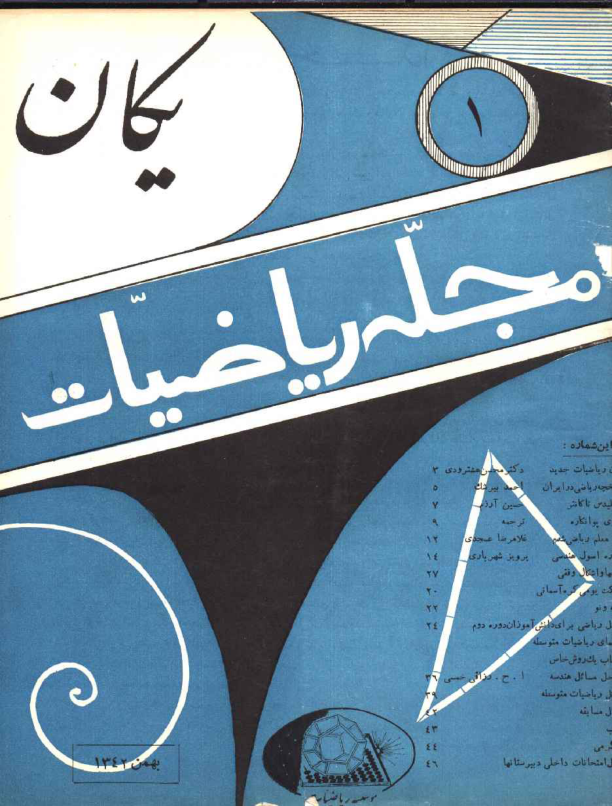Electromagnetics is not an easy subject for students. The subject presents a number of challenges, such as: new math, new physics, new geometry, new insights and difficult problems. As a result, every aspect needs to be presented to students carefully, with thorough mathematics and strong physical insights and even alternative ways of viewing and formulating the subject. The theoretician James Clerk Maxwell and the experimentalist Michael Faraday, both shown on the cover, had high respect for physical insights. This book is written primarily as a text for an undergraduate course in electromagnetics, taken by junior and senior engineering and physics students. The book can also serve as a text for beginning graduate courses by including advanced subjects and problems. The book has been thoroughly class-tested for many years for a two-semester Electromagnetics course at Syracuse University for electrical engineering and physics students. It could also be used for a one-semester course, covering up through Chapter 8 and perhaps skipping Chapter 4 and some other parts. For a one-semester course with more emphasis on waves, the instructor could briefly cover basic materials from statics (mainly Chapters 2 and 6) and then cover Chapters 8 through 12. Read more…
Abstract: Electromagnetics is not an easy subject for students. The subject presents a number of challenges, such as: new math, new physics, new geometry, new insights and difficult problems. As a result, every aspect needs to be presented to students carefully, with thorough mathematics and strong physical insights and even alternative ways of viewing and formulating the subject. The theoretician James Clerk Maxwell and the experimentalist Michael Faraday, both shown on the cover, had high respect for physical insights. This book is written primarily as a text for an undergraduate course in electromagnetics, taken by junior and senior engineering and physics students. The book can also serve as a text for beginning graduate courses by including advanced subjects and problems. The book has been thoroughly class-tested for many years for a two-semester Electromagnetics course at Syracuse University for electrical engineering and physics students. It could also be used for a one-semester course, covering up through Chapter 8 and perhaps skipping Chapter 4 and some other parts. For a one-semester course with more emphasis on waves, the instructor could briefly cover basic materials from statics (mainly Chapters 2 and 6) and then cover Chapters 8 through 12
 کتاب سل Ketab Sell | کتاب سل، بزرگترین منبع کتاب و جزوههای دانشجویی
کتاب سل Ketab Sell | کتاب سل، بزرگترین منبع کتاب و جزوههای دانشجویی









Reviews
There are no reviews yet.